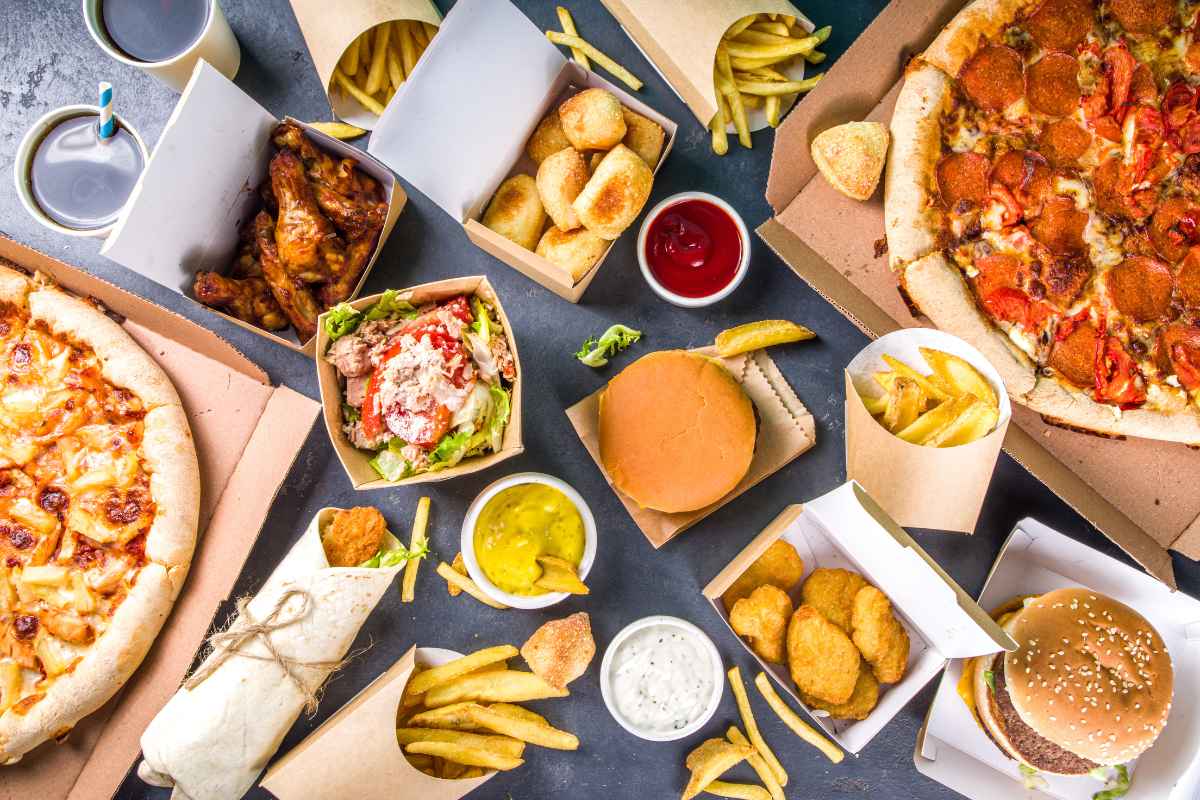Starting a restaurant food delivery service can be a lucrative venture in today’s fast-paced world where convenience is king. Whether you’re a restaurant owner looking to expand your reach or an entrepreneur eyeing a new business opportunity, understanding the essentials is key. From navigating logistics to mastering the art of customer satisfaction, this guide will walk you through the steps necessary to launch a successful delivery service. Prepare to transform your culinary passions into a thriving, doorstep-delivery empire. Stay tuned to learn how.
Planning Your Restaurant Food Delivery Service Launch
Starting a restaurant food delivery service requires careful planning and strategy. The first step involves conducting market research to understand your target audience and the competition. This will help you make informed decisions about your delivery menu, pricing strategy, and the geographical area you want to cover. Analyzing the demand for specific cuisines in your locality and identifying peak hours for food delivery are essential components of your market research. After gathering market insights, the next step is to design a delivery menu that is both appealing and feasible for delivery. Not all dishes are suitable for delivery as some may lose their flavor or texture. Therefore, developing a menu that maintains the quality of your food upon arrival is crucial. Alongside the menu, setting competitive pricing while managing your costs effectively can differentiate your service in the market. This includes considering packaging costs, delivery fees, and special promotions to attract your first customers. Implementing the right technology is another critical factor. This involves choosing or developing a user-friendly ordering platform that can handle menu updates, orders, payments, and tracking deliveries. Additionally, deciding whether to build your own delivery fleet or partner with third-party delivery services will significantly impact your operations and customer experience. Finally, marketing your new delivery service is essential to attract customers. Utilizing social media, local advertising, and promotional offers are effective ways to generate buzz and draw in orders. Engaging with customers through feedback and reviews can also provide valuable insights for improving your service. – Conduct thorough market research. – Design a delivery-friendly menu. – Set competitive pricing. – Choose the right technology and delivery approach. – Market your service effectively.
Understanding Your Market
Before delving into the restaurant food delivery service business, it’s critical to have a deep understanding of your market. This involves researching and analyzing the demographics of potential customers, understanding their preferences, habits, and what they look for in a food delivery service. Identifying your target market not only helps in tailoring your services to meet their needs but also in executing effective marketing strategies. In addition to understanding customer demographics, it is essential to analyze the competition in your area. This means looking at the number of food delivery services currently operating, the variety of cuisines they offer, their pricing strategies, and how they market themselves. By doing so, you can identify gaps in the market that your service can fill, offering something unique that sets you apart from existing services. Remember, a thorough market analysis is the foundation upon which successful businesses are built. Moreover, staying abreast of trends in the food industry and consumer behaviors can give you a competitive edge. This includes adopting new technologies that make ordering more convenient, understanding the growing importance of eco-friendly packaging, or catering to specific dietary needs and preferences that are becoming increasingly popular. Being flexible and open to adapting your business model based on market research and ongoing trends can lead to long-term success in the competitive food delivery landscape.
Creating a Business Plan
A well-thought-out business plan is fundamental to launching a successful restaurant food delivery service. It serves as a blueprint for your business operations, goals, and strategies for reaching them. Your business plan should include market analysis, to understand your competition and target audience. This includes identifying the types of food that are popular in your area, potential partnerships with local restaurants, and your unique selling proposition that will make your service stand out from the rest. Furthermore, consider the logistics of your delivery service. Will you hire your own delivery drivers or partner with existing delivery platforms? What will be your delivery radius? These decisions should be guided by thorough research and realistic assessments of your capabilities. Financial projections are also crucial. You should prepare detailed cost and revenue projections, including start-up costs, operating expenses, and income forecasts. This will not only help you secure funding, if necessary, but also help you manage your finances efficiently. Moreover, your business plan should include marketing strategies. How will you make your target audience aware of your service? Whether through social media advertising, collaborations with local businesses, or offering promotions, having a solid marketing plan is essential for attracting customers. Consider the following table for a concise breakdown of elements to include in your business plan:
| Section | Description |
|---|---|
| Executive Summary | A brief overview of your business idea, goals, and plans for achieving them. |
| Market Analysis | Detailed research on your target market, competition, and trends in the food delivery industry. |
| Operations Plan | An outline of how your delivery service will operate, including logistics and technologies involved. |
| Financial Projections | A breakdown of cost, revenue, and profit estimates to gauge financial viability. |
| Marketing Strategies | Plans for promoting your service to your target audience, including online and offline methods. |
Taking the time to draft a comprehensive business plan is not only crucial for a smooth launch but also for the sustainable growth of your restaurant food delivery service. It will guide your decisions, help you navigate challenges, and set you up for success in the competitive food delivery landscape.
Securing the Right Licenses
When starting a restaurant food delivery service, it’s essential to navigate the legal landscape carefully. Securing the right licenses is a critical step that not only legitimizes your operation but also protects you from potential legal complications. Each area or municipality has its own set of rules governing food service businesses, and it’s paramount to understand and adhere to these regulations. Initially, you will need to obtain a general business license, which serves as formal permission to operate your business within a particular locality. Additionally, since your business involves food handling and delivery, acquiring a food service license is mandatory. This license showcases your commitment to maintaining food safety standards, a crucial aspect that impacts your business reputation and customer trust significantly. Furthermore, if your delivery service includes the transportation of alcohol, securing a liquor license is essential. The process can be complex and requires a thorough understanding of state and local laws. It’s important to start this process early, as obtaining a liquor license can take several months and involves a detailed scrutiny of your business by regulatory authorities. Keep in mind that compliance with health and safety regulations is non-negotiable. Regular inspections by health departments will ensure that your business adheres to the strict hygiene and safety standards required in the food service industry, thus, safeguarding your customers’ health and bolstering your establishment’s credibility. Engaging with a legal expert or consultant who specializes in food service licensing can provide invaluable guidance and streamline the acquisition of all necessary permits and licenses.

